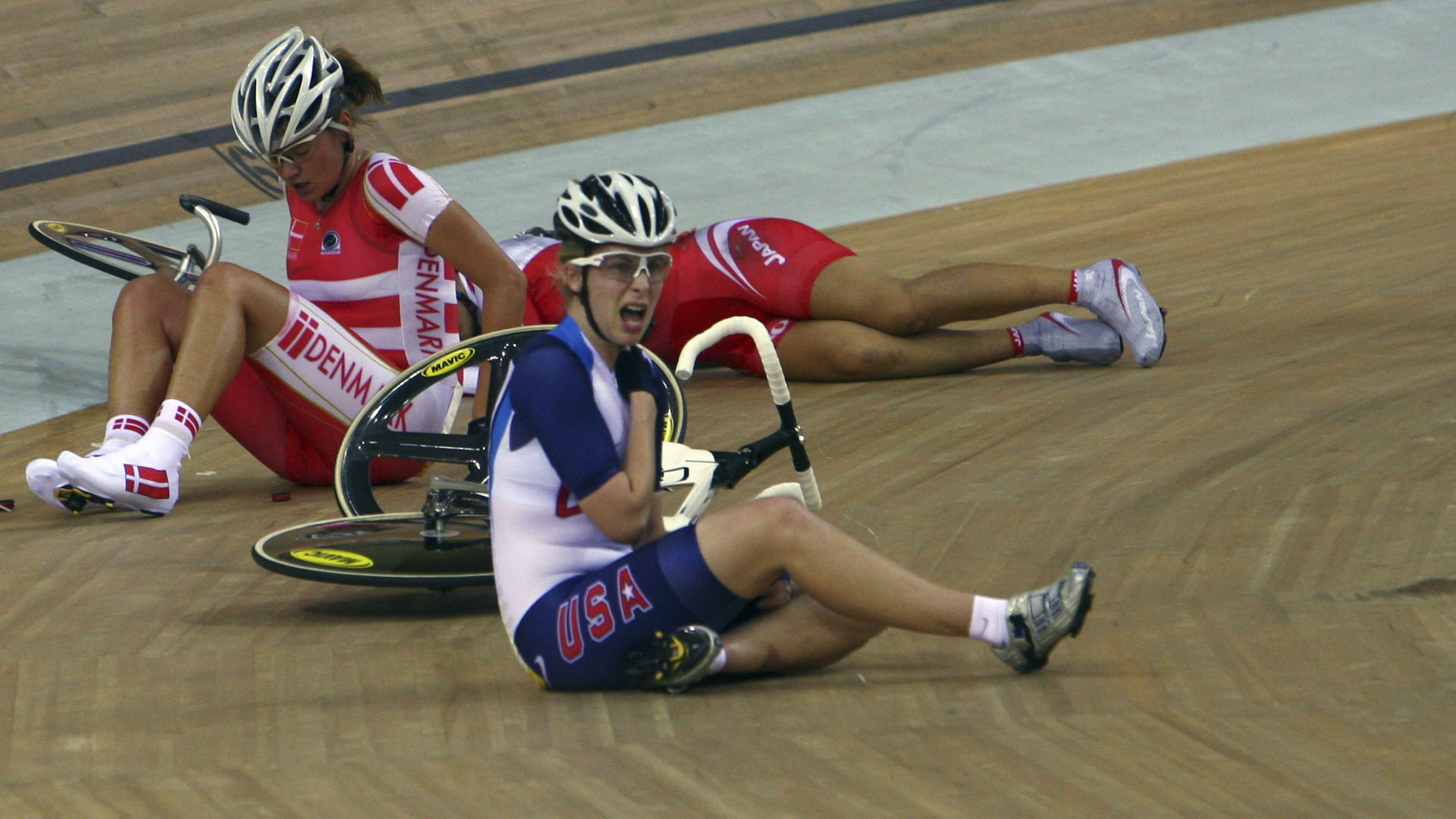Fractured collarbone
A fractured collarbone (clavicula) is most often caused by falling on the shoulder, an outstretched arm or by an impact directly to the collarbone. This injury is quite common in children and adolescents.

Fractured collarbones are especially common in contact sports and cycling. When the collarbone is fractured, it is often obvious. The bone may be out of position and the site of the injury swollen. In 80% of cases the fracture will occur in the middle third of the collarbone. Fractures at the ends are uncommon. If you suspect that you have a fractured collarbone, it is important to seek medical attention. X-rays are the most common method used to confirm the injury.
Treatment
First aid
Limit movement to the injured area. To help relieve pain, the arm should be placed in a sling. Seek medical attention to have the injury examined.
Surgical or conservative treatment?
These injuries can be treated in two ways: conservatively (without an operation) or surgically (with an operation). With surgical treatment, a metal pin and a plate are used to help stabilise the fracture. These can either be removed after the bone has healed or they can be left in.
There are few complications following either conservative or surgical treatment for a fractured collarbone. The long-term results are generally very good. The position of the fracture can affect the decision on whether or not to operate, but the most important factor is how quickly the athlete wishes to return to sport. In professional cycling, for example, surgery is the standard procedure. The cyclist can then return to training indoors within two weeks.
Return to sport
Studies show that athletes who have had surgery can return to full participation in sport after 8-9 weeks on average. With conservative treatment, the average time is 15 weeks. It should be noted that there are individual variations in these numbers, and some people are capable of full participation after only 3-4 weeks.
For athletes who aren't competing at the elite level, conservative treatment is often preferred, as surgery gives no added benefit in the long term. There is also a slightly higher risk of complications with surgery. The decision ultimately comes down to what the injured athlete wishes.
After the fracture has healed, it is common to observe a visible bump. The bump is completely harmless and it does not affect function. With children, the bump will become less visible as they grow.
Rehabilitation
People with a fractured collarbone can start to use their arm as soon as the level of pain allows them. The next step is to start with a rehabilitation program where the aims are to
- Regain lost strength and control
- Reduce stiffness, especially in the shoulder joint
Several of the exercises in our preventative shoulder program can be useful in the rehabilitation process following a fractured collarbone.
The likelihood of full recovery after this type of injury is very high.